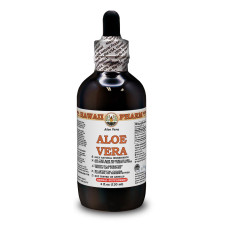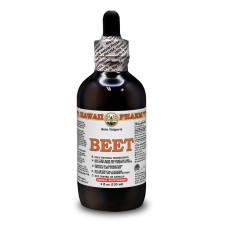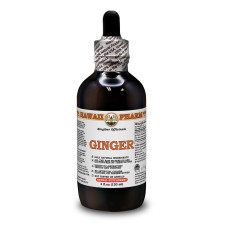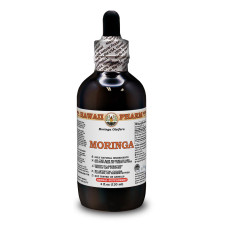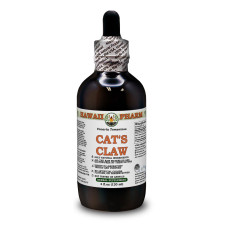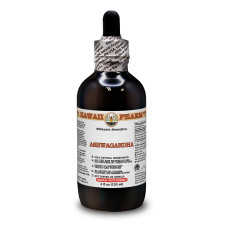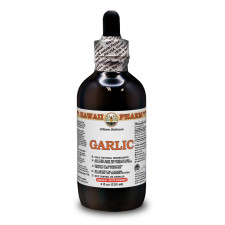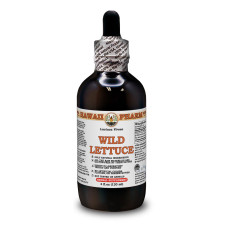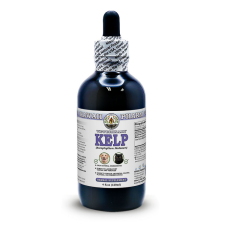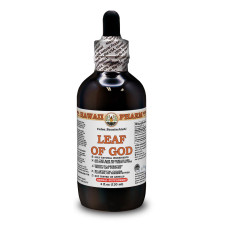
COLTSFOOT FACTS
Coltsfoot, or Tussilago farfara, is a perennial herbaceous plant that belongs to the Asteraceae family. This wild plant is quite unusual because the flowers blossom and die before the leaves appear. That’s why previously people often called it “son before the father”. The flower can be found in Europe and Asia but was also introduced to some countries of North and South America. It can grow in both dry and wet conditions, especially along roads, railways, river banks or in waste and abandoned places. The plant is generally about 10-30 cm tall. The yellow flowers similar to dandelions appear on leafless stems in early spring. After the flowers have bloomed, set seeds and faded the green leaves pop up. They are similar to a horseshoe in shape and have angular teeth on their edges. The top of the leaves is smooth but the inner side is soft and covered with small white hair.
Parts Used: leaves, flowers and sometimes roots
Useful Components
- Tannins
- Glycosides
- Mucilage
- Vitamins A, B, C, P
- Minerals (iron, calcium, potassium, copper, manganese, zinc)
- Sterols
- Inulin
- Flavonoids
Interesting Coltsfoot Facts
- Coltsfoot has been known as a herb since the times of ancient Rome and Greece. It was also widely used in China.
- Coltsfoot flowers are edible. They can be added to salads, jam or tea.
Methods of Use
- Cosmetics
- Tea
- Decoction
- Poultice
- Infusion
- Tincture
- Extract
And now it’s time to give you a simple coltsfoot recipe.
Coltsfoot Tea
Take equal parts of coltsfoot leaves and flowers, some plantain and lungwort leaves and mix them. 2 tsp of this mixture add to 2.5 dl of boiling water, then cover and leave it to rest for some time.
P.S. Remember that this information has only advisory character. Before using the plant and its extracts consult with a qualified healthcare expert.



